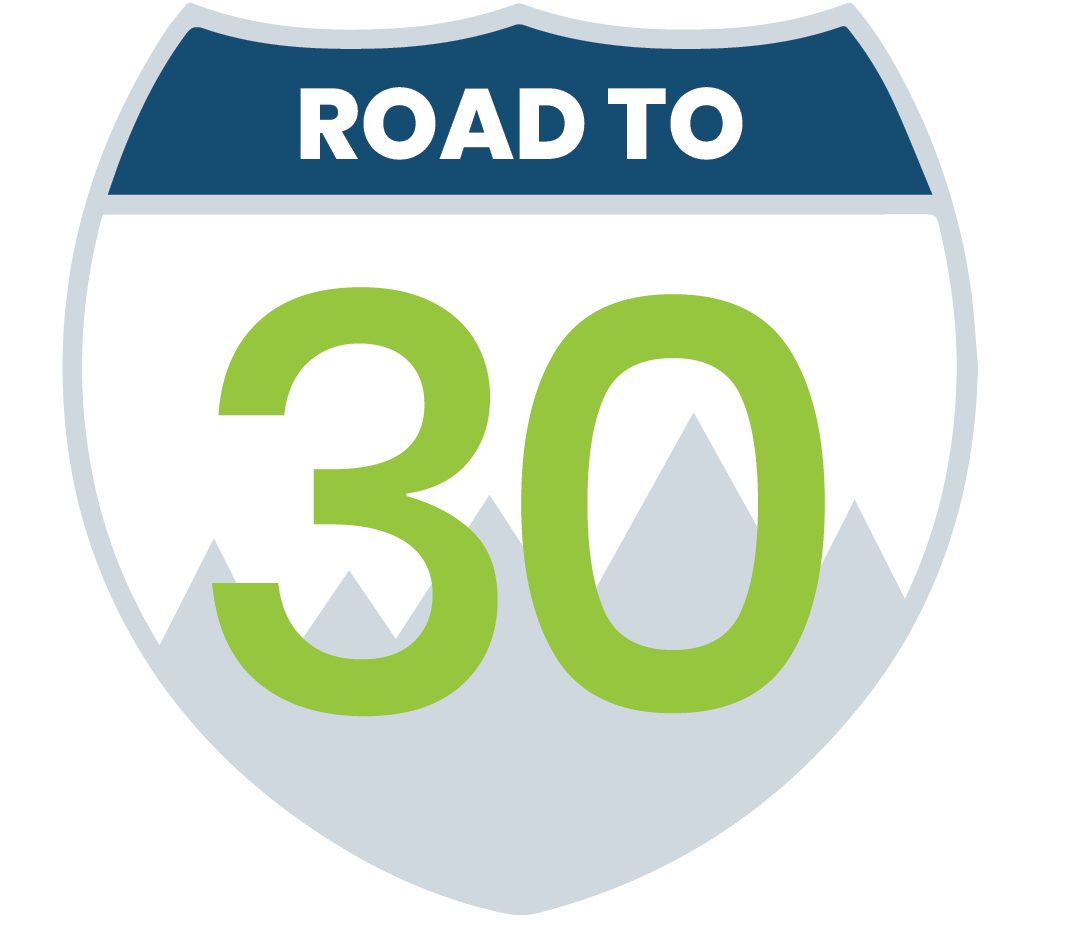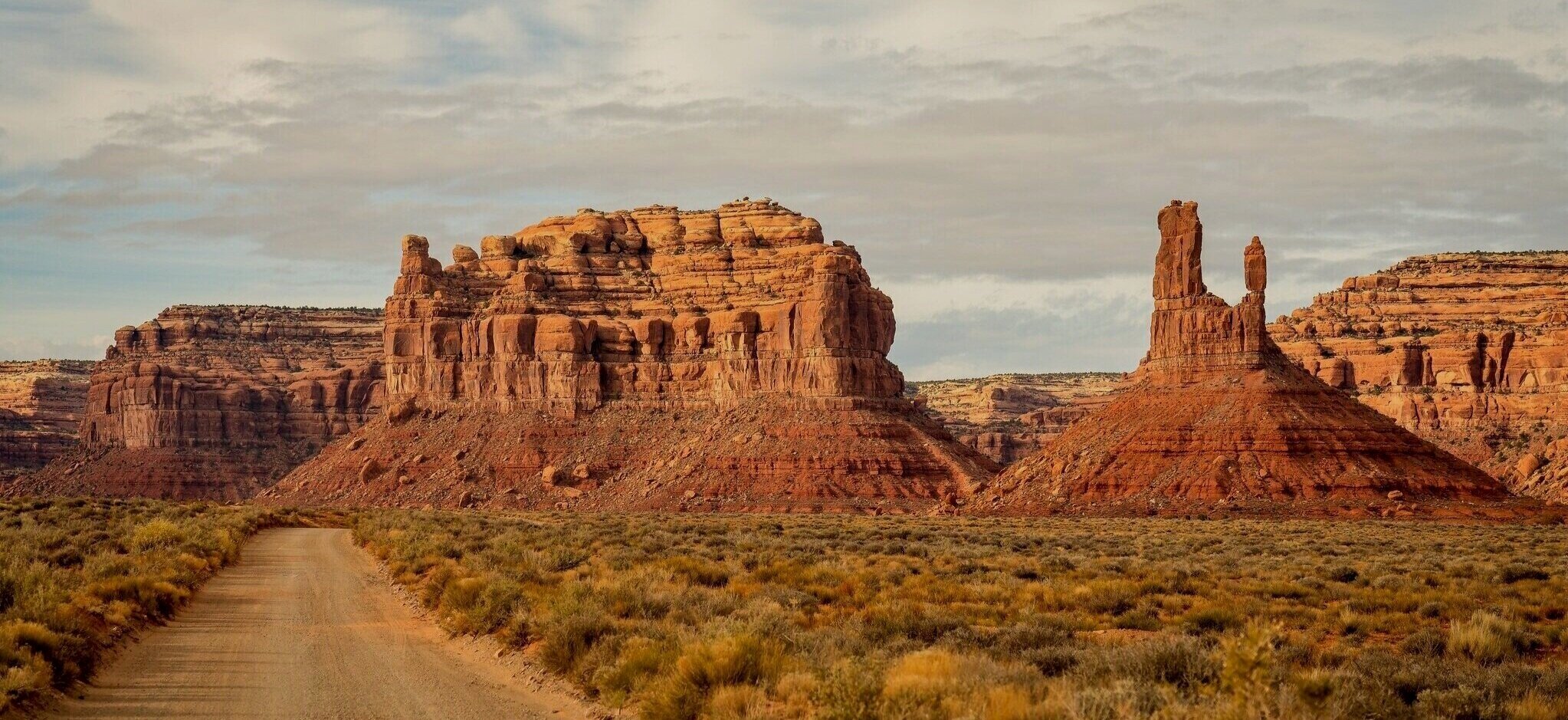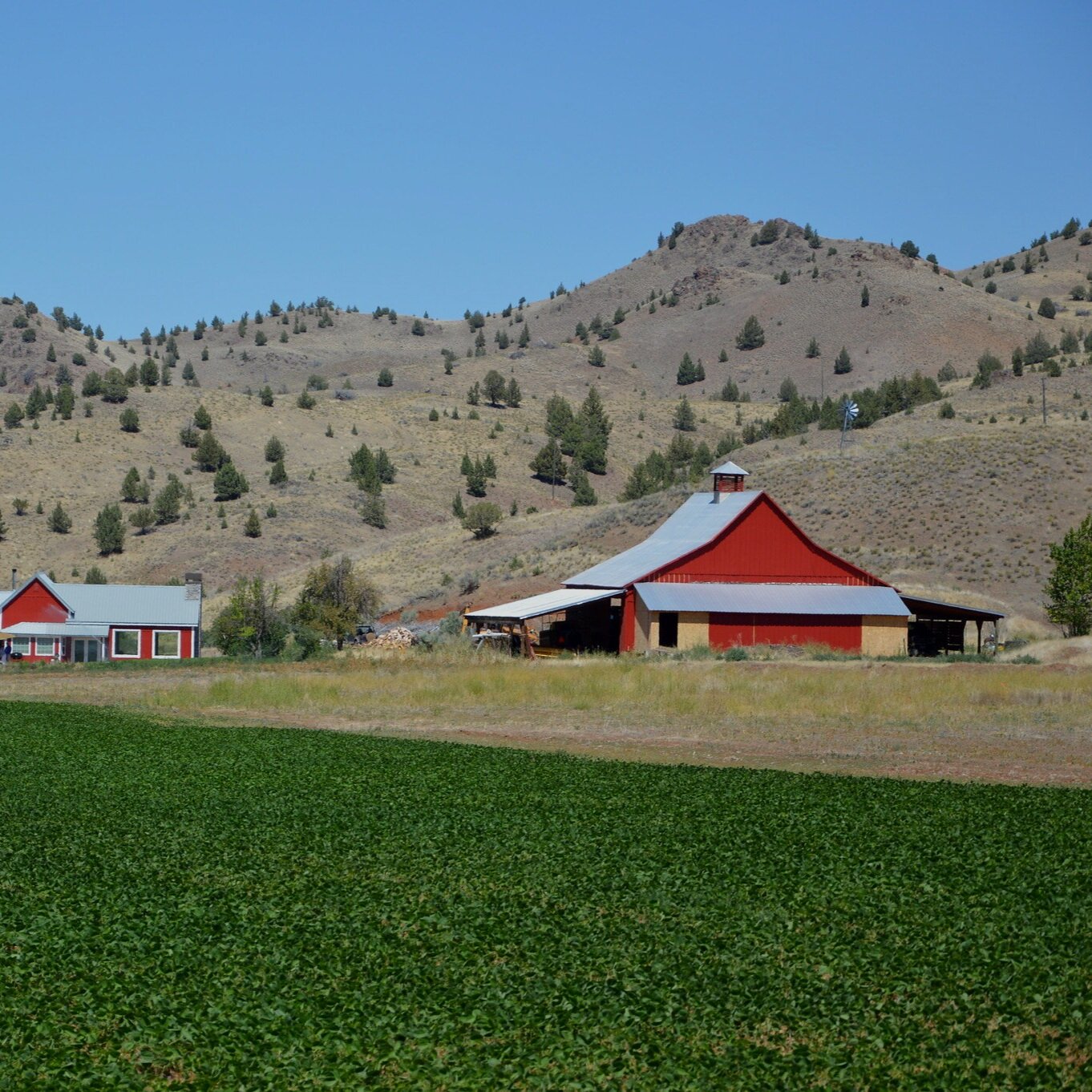
The 30x30 Goal
A bold vision for conserving 30 percent of America
Nature across the world is collapsing: hundreds of leading scientists have warned that a rapid loss of natural space is resulting in a mass extinction, exacerbated by climate change. In the face of this crisis, scientists have urged us to conserve at least 30% of the planet’s lands and waters by 2030 (30×30).
Communities across the country are already working to conserve important local landscapes—and the opportunities to continue doing so are endless. The effort to reach 30x30 can help uphold Tribal visions for conservation, provide access to nature for everyone, support private landowners with their conservation work, help stabilize the climate and ensure landscape connectivity for wildlife, and support the outdoor recreation economy.
Currently, about 12% of American lands are protected. It is ambitious but achievable to conserve 30 percent of America’s lands and waters by 2030. In order to succeed, we need to support diverse and community-driven conservation efforts while also increasing protections for local, state, and federal public lands.
There is already widespread support for this visionary goal: 86% of Americans and 73% of Westerners, including majorities of Republicans, Democrats, and Independents, support setting a national goal of protecting 30 percent of America’s lands and oceans by 2030. Multiple states have already passed resolutions in support of this goal.
Watch our 4-minute video on why America must protect 30x30:

The science behind 30x30
Scientists have shown that protecting and restoring natural areas is the most effective way to slow extinctions and retain resilient ecosystems.
Human activity has severely altered 75% of land and 66% of the ocean: at the current rate of losses, less than 10% of the Earth will be free of substantial human impact by 2050. This destruction of natural habitat has resulted in the rapid loss of the world’s species, with millions more on the line and at risk of going extinct. In the past few decades, animal populations have declined by 60%.
Land and water protection provides a solution. Research has found much higher animal and plant abundance within protected areas, both on land and in marine reserves. Protected natural areas are also critical to stabilizing the climate and reducing the risk of the most severe impacts of climate change.
The United States provides a key opportunity to protect nature: nearly 60% of lands in the continental U.S. are still in a mostly natural condition or could be restored, making the U.S. one of the top five countries for retaining lands in their natural state.

Benefits of 30x30
Protected natural areas help support local economies, while also reducing the risks of climate change, providing fresh drinking water, and benefiting human health.
Our nation’s protected lands—such as national monuments, wildlife refuges, and state parks—showcase America’s most spectacular outdoor spaces while preserving them for wildlife and future generations.
Protected natural areas draw visitors and benefit local economies, especially those built on outdoor recreation. Every year, the outdoor recreation economy provides $887 billion in economic output nationwide, creates 7.6 million direct jobs, and generates $125 billion in tax revenue. Outdoor recreation and tourism provide rural communities—that may otherwise be dependent on the boom and bust cycles of energy development—an opportunity to diversify their economies. Protected natural areas also provide a competitive advantage for hiring and retaining workers; research shows that in the West, protected public lands support faster rates of job growth and higher levels of per-capita income.
Natural areas also provide fresh drinking water to hundreds of millions of Americans, and research has shown that protecting watersheds is the most cost-effective strategy to ensure clean drinking water.
Increased human health and well-being is also related to access to natural areas. These benefits can include lower risks of disease and obesity, as well as better mental health.

Ways to get to 30
There is not just one path to conservation.
Finding diverse and innovative ways to protect landscapes that support local communities and preserve the land’s specific values will be critical in achieving the 30x30 goal. Some of these pathways to protect natural areas include private conservation, tribal initiatives, and innovative preservation approaches as well as local, state, and federal public land protection. While we still have a ways to go, strong leadership and grassroots momentum are bringing us closer to the goal.
Learn more about some of the protected places on the road to conserving 30 percent of America with our interactive report series below. We celebrate past conservation efforts, examine new options, and consider how to move forward to protect our lands, waters, wildlife and the communities that rely on them.
Below you can explore individual chapters of the Road to 30 interactive report.
Photographs by: Bob Wick, Bureau of Land Management (The 30x30 Goal, 30x30 Resources, Learn the Science, Ways to get to 30, Tribal Land Management); Kelly Wickens, Intermountain Forest Service (Download); Patrick Alexander, National Park Service (By the numbers), United States Forest Service (Read the literature); Patrick Myers, National park Service (Benefits of 30x30); Colorado Parks and Wildlife (State Parks); KiskaMedia, Bureau of Land Management (DRECP); Adams, National Park Service (National Parks); Florent Lamoureux, Flickr (Urban Conservation); Bureau of Land Management (Sportsmen & Sportswomen); Tracy Robillard, NRCS (Private land conservation); J. Bonney, National Park Service (Road to 30 report)

















